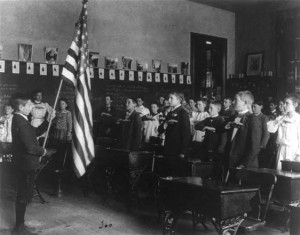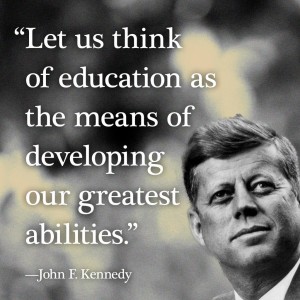Dear Mr. Gates,
Myth: Common Core was created without involving parents, teachers or state and local governments.
In calling this a myth, you are making an assumption that governors and school officials represent parents’ views.
“Each of the 45 states that have adopted them used the same process used to adopt previous standards?” NOT true here in Idaho.
Myth: Common Core State Standards means students will have to take even more high-stakes tests.
It isn’t the number of “high-stakes tests” that we dissenters object to; it is the detrimental effects of high-stakes testing. THAT is the biggest problem with the No Child Left Behind philosophy of “education reform.”
Myth: Common Core standards will limit teachers’ creativity and flexibility.
This is the first I have heard this “myth” worded like this so it must not be far-reaching. Standards do limit curriculum when tied to high-stakes testing so that might be where you misinterpret the “myth.”
If you and all others like you, Mr. Gates, understood the real basis – original findings – of Effective Schools Research, you would see that standards aren’t the deciding factor at all in school improvement and how it is accomplished.
There is value in consistency – in national guiding principles (philosophy of pedagogy, school culture, curriculum guidelines, benchmarks, roles of each level of the governance structure, standards of practice, ethics, responsibilities and expectations of each “player” being defined).
Mr. Gates, when you first began focusing on education, you said you would “read up” on the topic. I tried my hardest to be heard by you but your gatekeepers proved formidable. But the reality is, there is a huge problem here in my thinking that I need to be heard by you rather than by MY OWN government.
Common Core is “inspired by a simple and powerful idea: Every American student should leave high school with the knowledge and skills to succeed in college and in the job market.” That is EXACTLY what was being said here in Idaho prior to No Child Left Behind. I still have the old documents to prove it.
Study harder, Mr. Gates. You missed the history of the failures of reforms. Doomed to repeat them?
Regrettably,
Dr. Young – Parent, former public school patron, long time advocate for public schools, researcher, author – and one more voice unheard by the powerful.











